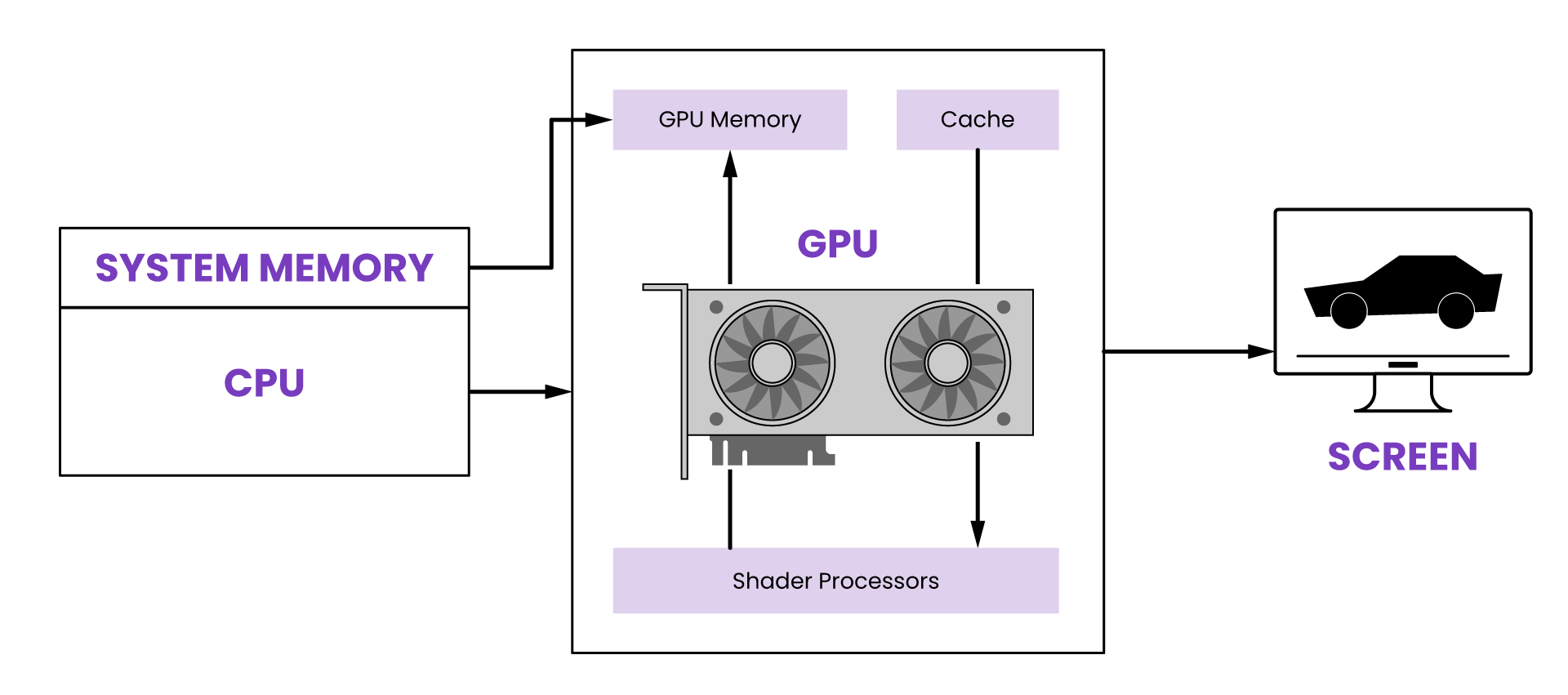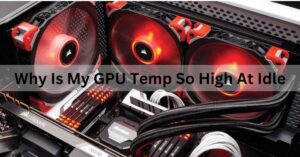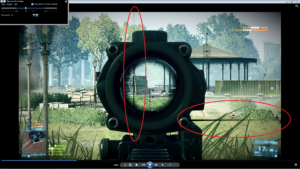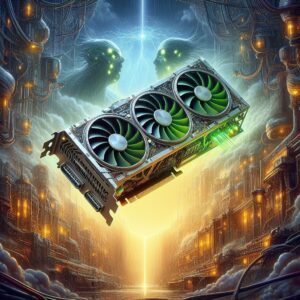Yes, the motherboard can bottleneck the GPU. The compatibility and speed of the motherboard can impact the GPU’s performance.
When building a gaming PC, it’s crucial to consider the compatibility and capabilities of the motherboard in relation to the GPU. A motherboard that doesn’t support the GPU’s full potential can limit gaming performance. Understanding the interaction between the motherboard and GPU is essential for optimizing the gaming experience.
We will delve into the reasons why a motherboard can bottleneck a GPU and provide insights into how to avoid this bottleneck and maximize gaming performance. We will also discuss the key factors to consider when pairing a GPU with a motherboard to ensure smooth and efficient operation in gaming and other resource-intensive tasks.

Credit: www.hp.com
Understanding Motherboard Compatibility
Motherboard compatibility is crucial when building or upgrading a PC, as it determines the components that can be used effectively. Understanding how a motherboard’s form factor and PCIe slots impact GPU compatibility is essential for ensuring optimal performance.
Motherboard Form Factors
A motherboard’s form factor refers to its size and layout, which dictates the type of case it can fit into and the number of components it can support. The most common form factors include ATX, micro-ATX, and mini-ITX. Each form factor has different dimensions and expansion slot configurations, influencing the types of GPUs that can be installed.
Pcie Slots And Gpu Compatibility
PCI Express (PCIe) slots on a motherboard determine which GPUs can be installed and how they perform. GPUs typically require a PCIe x16 slot for optimal performance, but some lower-end models may function with a PCIe x8 or x4 slot. Understanding the bandwidth and physical size of PCIe slots is crucial for selecting a compatible GPU.
Factors Influencing Gpu Bottlenecking
Bottlenecking refers to a situation where a certain component in a computer system limits the performance of other components, resulting in decreased overall efficiency. In the context of GPU bottlenecking, several factors can influence this phenomenon, impacting the ability of the graphics processing unit to perform optimally. Understanding these factors is crucial for building a balanced and high-performing system. Let’s explore some of the key elements that can affect GPU bottlenecking.
Cpu And Gpu Balance
The relationship between the central processing unit (CPU) and the graphics processing unit (GPU) is vital in determining the overall performance of a system. When either the CPU or GPU becomes significantly more powerful than the other, a bottleneck can occur, slowing down the entire system. Ensuring a balanced combination of these two components is essential to avoid bottlenecking and achieve optimal performance.
Memory And Storage Considerations
The availability and speed of system memory (RAM) and storage devices can also impact GPU performance. Inadequate memory or slow storage can lead to data transfer delays, causing the GPU to wait for essential information, thereby bottlenecking its capabilities. It’s crucial to have sufficient and fast memory and storage to support the GPU’s operations.
Identifying A Motherboard Bottleneck
A motherboard bottleneck occurs when the performance of your graphics processing unit (GPU) is limited by the capabilities of the motherboard it is attached to. This can significantly impact the overall performance of your system and prevent the GPU from reaching its full potential. To identify if your motherboard is causing a bottleneck for your GPU, there are a few key factors to consider and steps to take. Let’s delve into these below.
Monitoring Gpu Utilization
To determine if your motherboard is bottlenecking your GPU, it is important to monitor the GPU utilization. This will give you valuable insights into how well your GPU is being utilized in relation to its maximum capacity. Tools like MSI Afterburner and GPU-Z can provide real-time monitoring of GPU utilization, allowing you to see if the GPU is consistently reaching high utilization levels or if it remains underutilized during demanding tasks such as gaming or rendering.
Benchmarking And Performance Tests
Conducting benchmarking and performance tests is another effective way to identify a motherboard bottleneck. By running benchmarking software such as 3DMark or UserBenchmark, you can compare your GPU’s performance with other systems that have similar hardware configurations. If your GPU’s performance is significantly lower than expected or lags behind comparable systems despite having a powerful GPU, it suggests that your motherboard may be the limiting factor.
It is crucial to ensure the accuracy of benchmarking and performance tests by following the recommended guidelines from the software developers. These tests should be conducted under similar conditions and using the same version of the software to obtain reliable results.
In addition to benchmarking software, running real-world performance tests such as gaming or intensive rendering can help you identify if there is a motherboard bottleneck. Monitor the frame rates and overall performance during these tasks, checking if the GPU is consistently underperforming compared to its expected capabilities. If you notice a significant difference in performance, it could indicate a bottleneck in your motherboard’s ability to support the GPU efficiently.
Keep in mind that bottlenecks can also occur due to other factors such as CPU limitations or insufficient power supply. It is essential to rule out these possibilities before concluding that the motherboard is causing the bottleneck.

Credit: www.graidtech.com
How To Overcome A Motherboard Bottleneck
A motherboard bottleneck occurs when the performance of your GPU (graphics processing unit) is limited by the capabilities of your motherboard. This can happen if your motherboard is not able to keep up with the demands of your GPU, resulting in reduced performance and potential system instability.
Upgrading The Motherboard
If you’re experiencing a motherboard bottleneck, one solution is to upgrade your motherboard. This can provide you with a better chipset and more advanced features that are capable of supporting the latest GPUs. When upgrading your motherboard, be sure to consider the following:
- Check compatibility: Ensure that the new motherboard is compatible with your processor and other components.
- Research chipset capabilities: Look for a motherboard with a chipset that can handle the power requirements and data bandwidth of your GPU.
- Consider expansion slots: Make sure the new motherboard has the necessary expansion slots (such as PCIe x16) to accommodate your GPU.
- Look for additional features: Consider other features like USB ports, PCIe M.2 slots, and SATA connections that can enhance the overall performance and functionality of your system.
Optimizing System Settings
Aside from upgrading your motherboard, you can also optimize your system settings to help overcome a motherboard bottleneck. Here are some steps you can take:
- Update drivers: Always keep your GPU drivers up to date. Visit the manufacturer’s website to download the latest drivers.
- Adjust power settings: Access the power management settings in your operating system and ensure that your GPU is set to perform at its maximum potential.
- Manage background processes: Close any unnecessary background processes and applications that may be utilizing system resources, diverting them away from the GPU.
- Check BIOS settings: Some motherboards have BIOS settings that can affect GPU performance. Explore the BIOS options and make sure they are optimized for your GPU.
- Monitor temperatures: Use software tools to monitor the temperatures of your GPU and CPU. High temperatures can impact performance, so ensure adequate cooling.
By upgrading your motherboard or optimizing system settings, you can overcome a motherboard bottleneck and improve the performance of your GPU. Take the time to carefully research and consider your options, ensuring compatibility and getting the most out of your hardware.
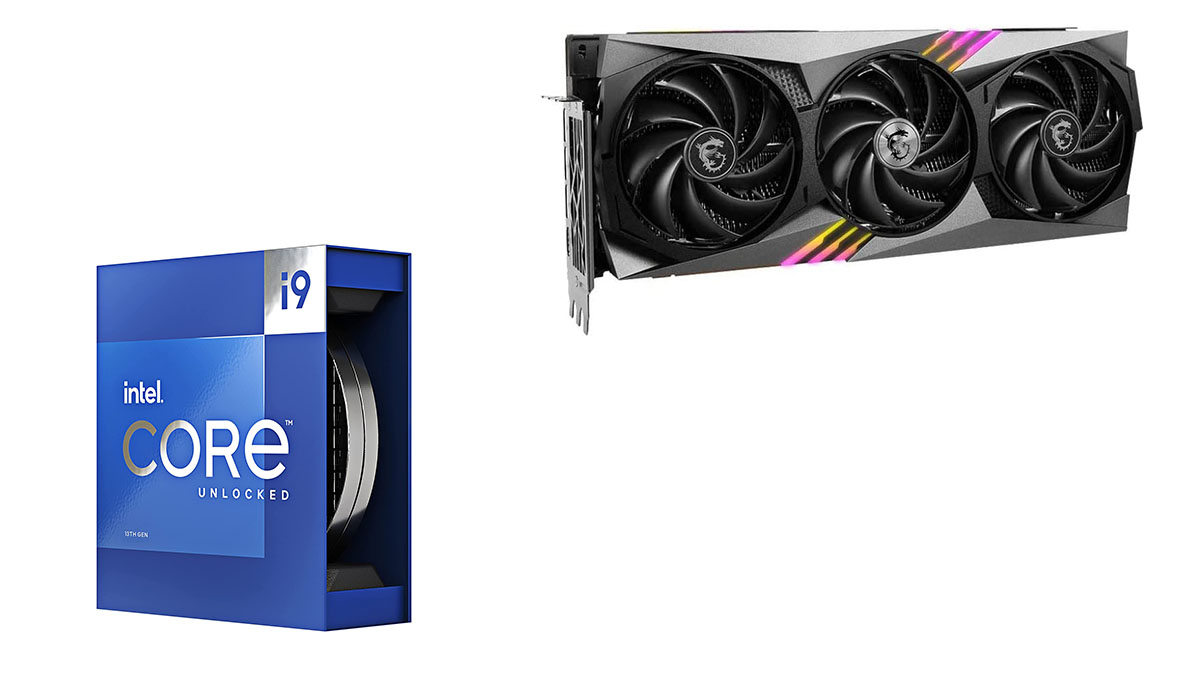
Credit: www.gamerevolution.com
Frequently Asked Questions For Can Motherboard Bottleneck Gpu
Can A Motherboard Bottleneck Gpu Performance?
Yes, a motherboard can potentially bottleneck GPU performance. The speed and capabilities of the motherboard’s PCIe slots, power delivery, and compatibility with the GPU can all impact performance. It’s important to choose a motherboard that matches your GPU’s requirements for optimal performance.
How Can I Prevent Motherboard Bottlenecking My Gpu?
To prevent motherboard bottlenecking your GPU, consider factors such as the PCIe version and the number of available slots. Ensure your motherboard has the necessary power delivery and cooling capabilities to support your GPU. Research and choose a motherboard that is compatible and optimized for your GPU model.
What Are The Signs Of Motherboard Bottlenecking Gpu?
Signs of motherboard bottlenecking GPU include lower-than-expected frame rates, stuttering or lagging in games, and overall decreased performance. Monitoring software can help identify if your GPU is not performing to its full potential due to limitations from the motherboard.
How Do I Know If My Motherboard Is Compatible With My Gpu?
Check the motherboard’s specifications for the type and version of PCIe slots it supports. Cross-reference these with your GPU’s requirements to ensure compatibility. Additionally, consider the power delivery capabilities and any necessary BIOS updates to ensure optimal compatibility between your motherboard and GPU.
Conclusion
To summarize, it is crucial to consider the compatibility between your motherboard and GPU to optimize your gaming experience. A bottleneck can occur if your GPU outpaces the capabilities of your motherboard, resulting in reduced performance. By investing in a motherboard that aligns with the power and features of your GPU, you can avoid any potential bottlenecks and ensure smooth gameplay.
So, before making your choice, ensure that your motherboard can keep up with the demands of your GPU.
